

Articles
How To Wash Thermal Drapes
Modified: March 1, 2024
Learn the proper techniques to effectively wash your thermal drapes with this informative article. Keep your drapes fresh and clean for optimal insulation and style.
(Many of the links in this article redirect to a specific reviewed product. Your purchase of these products through affiliate links helps to generate commission for Storables.com, at no extra cost. Learn more)
Introduction
Thermal drapes, also known as thermal curtains or blackout curtains, are a popular choice for homeowners and businesses looking to improve energy efficiency and create a comfortable living or working environment. These specialized window coverings offer a range of benefits that go beyond ordinary curtains or blinds.
One of the key advantages of thermal drapes is their ability to insulate rooms, helping to regulate temperature and save on heating and cooling costs. Constructed with multiple layers, these curtains are designed to block out drafts, reduce heat transfer, and prevent cold air from seeping into a space during the winter months. On the flip side, in the summer, they can also keep the heat and sunlight at bay, offering effective sun protection and keeping rooms cool and comfortable.
In addition to their thermal properties, these drapes also provide excellent light control and privacy. With their thick fabric and specialized lining, they can effectively block out sunlight, making them an ideal choice for bedrooms, nurseries, or rooms where you desire minimal to no light for better sleep or privacy. They also offer soundproofing benefits, as the multiple layers help absorb noise, reducing external disturbances and creating a peaceful atmosphere.
Thermal drapes are available in a variety of styles, colors, and patterns, making it easy to find the perfect match for your interior decor. From elegant and traditional designs to modern and chic options, there is a wide range of choices to suit different tastes and preferences. Additionally, these curtains are often made from high-quality materials that are durable and long-lasting, ensuring that your investment will withstand the test of time.
Overall, thermal drapes offer a comprehensive solution for improving the comfort and functionality of any space. Their ability to regulate temperature, control light, provide privacy, and reduce noise makes them a sought-after choice for homeowners, renters, and businesses alike.
Key Takeaways:
- Properly washing and caring for thermal drapes is crucial for maintaining their functionality, appearance, and longevity. Follow care label instructions, use gentle washing methods, and take preventive maintenance measures to ensure lasting quality.
- Immediate action is key when treating stains on thermal drapes. Blot, avoid rubbing, and use suitable stain removal techniques while testing products on inconspicuous areas first. Regular vacuuming or dusting and proper care of drapery hardware are essential for maintaining the cleanliness and functionality of thermal drapes.
Before You Begin
Before diving into the process of washing your thermal drapes, there are a few important steps to take to ensure a successful and hassle-free cleaning experience. This includes gathering the necessary materials and preparing the washing area.
Gathering Necessary Materials
First and foremost, gather all the materials you will need for washing your thermal drapes. This includes:
- Mild laundry detergent
- Clean, lint-free cloths or sponges
- Vacuum cleaner or duster
- Soft-bristle brush
- Bucket or basin (for hand washing)
- Stain removal products (if needed)
Having these items readily available will ensure a smooth washing process without any interruptions or delays.
Preparing the Washing Area
Next, create a suitable space for washing your thermal drapes. Start by clearing the area around the washing machine or sink to provide enough room to work comfortably. Remove any obstacles or breakable items that could potentially get damaged during the cleaning process.
If you’re machine washing your drapes, make sure the washing machine is clean and free from any residue or debris. This will prevent any unwanted particles from transferring onto your drapes during the wash cycle. Consider running a quick rinse cycle without any clothes to ensure the machine is clean and ready to use.
If you’re planning to hand wash your drapes, set up a designated area with a clean basin or bucket filled with warm water and a mild detergent solution. Ensure there is enough space to fully immerse the drapes without any restrictions.
Lastly, protect the surrounding surfaces by laying down towels or plastic sheets. This will catch any drips or spills and prevent water or detergent from seeping onto the floor or furniture.
By gathering the necessary materials and preparing the washing area beforehand, you’ll save time and ensure a smooth and efficient cleaning process for your thermal drapes.
Checking Instructions
Before you start washing your thermal drapes, it is crucial to carefully read and understand the care labels attached to the curtains. These labels provide important information regarding the specific cleaning instructions for your drapes.
Read more: What Are Thermal Insulated Curtains
Reading and Understanding Care Labels
Take a moment to locate the care labels on your thermal drapes. These labels are typically sewn into the lining of the curtains and may contain symbols or written instructions. Care labels are designed to guide you on how to clean and maintain your drapes properly.
Look for labels that indicate whether the drapes are machine washable, hand wash only, or require professional cleaning. Additionally, pay attention to symbols that represent temperature settings, bleach usage, and drying instructions. Familiarize yourself with these symbols to ensure you follow the recommended cleaning methods.
Identifying any Specific Cleaning Directions
In addition to the care labels, there may be specific cleaning directions provided by the manufacturer for your thermal drapes. These directions might be mentioned in the packaging or on the manufacturer’s website. Take the time to research and identify any specific cleaning instructions specific to your drapes.
For example, some thermal drapes may require a gentle or delicate wash cycle to prevent damage to the fabric or lining. Other drapes may require special care such as avoiding direct sunlight during drying or avoiding the use of certain cleaning products that could degrade the thermal properties.
By understanding the care labels and any specific cleaning directions, you can ensure that you are using the appropriate cleaning methods and techniques for your thermal drapes. This will help preserve the integrity and lifespan of the curtains, ensuring they continue to provide the desired thermal and aesthetic benefits.
Machine Washing
If your thermal drapes are machine washable, follow these step-by-step instructions to properly clean them:
Step-by-Step Instructions for Machine Washing Thermal Drapes
- Remove any hooks or hardware attached to the drapes.
- Place the drapes in the washing machine, ensuring they have enough room to move freely.
- Add a mild laundry detergent to the machine. Avoid using bleach or harsh chemicals, as they can damage the fabric or the thermal lining.
- Set the machine to a gentle or delicate wash cycle. This will minimize agitation and reduce the risk of damaging the drapes.
- Choose a cool or lukewarm water temperature. Extreme heat can shrink or distort the fabric, affecting the appearance and functionality of the drapes.
- Start the machine and allow the cycle to complete.
- Once the wash cycle is finished, remove the drapes from the machine as soon as possible to prevent wrinkling.
Read more: How To Store Thermal Paste
Recommended Water Temperature and Laundry Detergent
For machine washing thermal drapes, it is generally recommended to use cool or lukewarm water. Avoid using hot water as it can cause the fabric to shrink or lose its shape. Consult the care label or manufacturer’s instructions for specific water temperature recommendations.
As for the laundry detergent, choose a mild and gentle option. Harsh detergents can strip the fabric of its color and affect the thermal properties of the drapes. Look for detergents that are specifically formulated for delicate fabrics or those that are suitable for use with thermal curtains.
Selecting Appropriate Wash Cycle and Settings
When selecting the wash cycle and settings on your washing machine, opt for a gentle or delicate cycle. This will minimize the risk of damaging the fabric or thermal lining. Avoid using heavy-duty cycles or prolonged washing times, as they can put unnecessary stress on the drapes.
If your washing machine has an option for an extra rinse or a low spin cycle, it is advisable to use these settings to remove excess detergent or residue and to avoid excessive wrinkling.
By following these machine washing instructions and selecting appropriate water temperature, detergent, wash cycle, and settings, you can effectively clean your thermal drapes while preserving their quality and functionality.
Hand Washing
If your thermal drapes require hand washing, follow these step-by-step instructions to effectively clean them:
Step-by-Step Instructions for Hand Washing Thermal Drapes
- Fill a clean basin or bucket with lukewarm water.
- Add a mild laundry detergent to the water. Avoid using bleach or harsh chemicals, as they can damage the fabric or the thermal lining.
- Gently submerge the thermal drapes in the soapy water, ensuring they are fully immersed.
- Allow the drapes to soak for a few minutes to loosen any dirt or stains.
- Using a soft-bristle brush or sponge, gently scrub the fabric in a circular motion to remove any dirt or stains. Focus particularly on any heavily soiled areas.
- Rinse the drapes thoroughly under running water to remove all soap residue.
- Continue rinsing until the water runs clear and there are no suds left on the fabric.
- Once rinsed, gently squeeze out the excess water from the drapes. Avoid wringing or twisting them, as this can damage the fabric and affect the thermal properties.
- Hang the drapes to dry, ensuring they are spread out evenly to prevent excessive wrinkling.
Read more: How To Store Thermal Paste
Recommended Water Temperature and Laundry Detergent
When hand washing your thermal drapes, use lukewarm water. Extreme temperatures can cause the fabric to shrink or lose its shape. Consult the care label or manufacturer’s instructions for specific water temperature recommendations.
Choose a mild laundry detergent that is suitable for delicate fabrics. Look for detergents specifically formulated for hand washing or those that are gentle enough for use with thermal curtains. Avoid using bleach or harsh chemicals, as they can damage the fabric or the thermal lining.
Proper Techniques for Gently Scrubbing and Rinsing
When scrubbing your thermal drapes, use a soft-bristle brush or sponge to prevent any damage to the fabric. Gently scrub in a circular motion, focusing on any heavily soiled areas. Avoid excessive scrubbing or rubbing, as this can cause fraying or color fading.
When rinsing the drapes, ensure that you remove all soap residue. Rinse the fabric thoroughly under running water, making sure the water runs clear and there are no suds left. This will help maintain the integrity and appearance of the thermal drapes.
By following these hand washing instructions and using the recommended water temperature, laundry detergent, and proper techniques for scrubbing and rinsing, you can effectively clean your thermal drapes while preserving their quality and thermal properties.
Drying Methods
After cleaning your thermal drapes, it’s important to choose the right drying method to ensure they retain their shape and functionality. Here are two common drying methods for thermal drapes:
Air Drying on a Clothesline or Drying Rack
Air drying is a gentle and natural method to dry your thermal drapes. To air dry your drapes:
- First, gently squeeze out any excess water from the drapes.
- Hang the drapes on a clothesline or drying rack, ensuring they are spread out evenly to promote even drying.
- Place the clothesline or drying rack in a shaded area away from direct sunlight to prevent any potential fading or damage to the fabric.
- Allow the drapes to air dry completely. This may take a few hours to a day, depending on the humidity and ventilation in your drying area.
Air drying is an ideal method for preserving the fabric’s integrity and maintaining the thermal properties of the drapes. It also minimizes the risk of shrinking or distortion that can occur with high heat drying methods.
Read more: What Is A Thermal Blanket
Using a Dryer with Low Heat Settings or No Heat at All
If you prefer using a dryer to dry your thermal drapes, it’s crucial to use low heat settings or no heat at all to avoid damaging the fabric. Here’s how:
- Remove any hooks or hardware attached to the drapes.
- Gently squeeze out any excess water from the drapes.
- Place the drapes in the dryer, ensuring they have enough room to move freely.
- Select the low heat or delicate cycle on your dryer. Avoid using high heat settings as they can cause the fabric to shrink or lose its shape.
- If your dryer has an option, you can also set it to “air fluff” or “no heat” to safely dry the drapes without any heat.
- Start the dryer and allow the drapes to dry completely.
- Remove the drapes from the dryer immediately once they are dry to prevent wrinkling.
Using low heat or no heat in the dryer helps protect the fabric and preserves the thermal properties of the drapes. It’s essential to closely monitor the drying process and avoid over-drying, as excessive heat can damage the fabric and affect the drapes’ functionality.
By choosing the appropriate drying method and following the recommended practices, you can ensure that your thermal drapes dry properly while maintaining their shape and thermal benefits.
Ironing and Steaming
To keep your thermal drapes looking crisp and wrinkle-free, you may need to iron or steam them. Here are some valuable tips to follow when ironing or steaming your thermal drapes:
Tips for Ironing or Steaming Thermal Drapes
- Check the care label or manufacturer’s instructions to determine if your thermal drapes are safe to iron or steam. Some drapes may require special care or be sensitive to heat.
- If your thermal drapes are suitable for ironing or steaming, ensure that they are completely dry before proceeding.
- Set up an ironing board or a suitable surface for ironing. If you’re steaming, make sure you have a steamer with a suitable attachment.
- Start with a low heat setting on your iron or steamer and gradually increase if needed. Test a small, inconspicuous area of the drape first to ensure that the heat does not damage the fabric.
- For stubborn wrinkles, gently press the iron or steamer onto the fabric, without applying too much pressure. Move the iron or steamer in a smooth, continuous motion to avoid scorching or overheating the fabric.
- Avoid ironing or steaming over any hardware or decorative elements on the drapes to prevent damage.
- If using an iron, consider using a pressing cloth or a clean, cotton fabric between the iron and the thermal drapes. This extra layer of protection can prevent direct contact and potential heat damage to the fabric.
- Iron or steam one panel or section of the drapes at a time, working from top to bottom. This approach ensures thorough wrinkle removal and smoother results.
- Allow the thermal drapes to cool and fully dry before hanging them back in place, to prevent new wrinkles from forming.
Setting the Correct Temperature for Different Fabric Types
It’s important to set the correct temperature on your iron or steamer depending on the fabric type of your thermal drapes. Different fabrics require different heat settings to avoid scorching or damaging the material.
For synthetic thermal drapes, use a low to medium heat setting. For natural fabrics like cotton or linen, you can use a slightly higher heat setting, but always test a small area first to ensure the fabric can withstand the temperature without damage.
Refer to the fabric care label or manufacturer’s instructions for specific temperature recommendations for your thermal drapes.
Read more: How To Shorten Drapes
Using a Pressing Cloth to Protect the Fabric
A pressing cloth can be a useful accessory when ironing thermal drapes. It acts as a barrier between the iron and the fabric, providing an additional layer of protection against direct heat and potential damage.
Select a clean, cotton fabric or a dedicated pressing cloth and place it over the area you’re ironing. This will help distribute the heat evenly and prevent any shiny or burn marks on the thermal drapes.
Remember to clean your iron or steamer regularly to ensure that there is no built-up residue that can transfer onto the drapes during ironing or steaming.
By following these tips for ironing or steaming and setting the correct temperature for your thermal drapes, you can safely remove wrinkles and maintain the overall appearance and functionality of your drapes.
Removing Stains
Accidents happen, and stains on your thermal drapes can be particularly frustrating. However, with the right stain removal techniques, you can effectively treat and remove various types of stains. Here are some valuable tips to help you tackle common stains on your thermal drapes:
Common Stain Removal Techniques for Thermal Drapes
Regardless of the type of stain, it’s always important to act quickly when treating stains on your thermal drapes. The longer a stain sits, the more challenging it can be to remove. Here are some general stain removal techniques to follow:
- Blot the stained area gently with a clean, white cloth or paper towel to absorb any excess liquid or residue.
- Avoid rubbing the stain, as this can push it deeper into the fabric or cause it to spread.
- Work from the outside of the stain towards the center to prevent it from spreading.
- Test any stain removal product or technique on a small, inconspicuous area of the drapes first to ensure it doesn’t cause further damage or discoloration.
- Follow the specific stain removal instructions for the type of stain you’re dealing with, such as food, grease, or ink stains.
Treating Specific Types of Stains
Here are some tips for treating specific types of stains commonly found on thermal drapes:
- Food stains: Scrape off any excess food using a dull knife or spoon. Apply a small amount of mild detergent to the stain and gently blot with a clean cloth or sponge. Rinse thoroughly with water.
- Grease stains: Place a clean, white cloth beneath the stained area to absorb any excess grease. Apply a small amount of dishwashing liquid or a specialized grease-fighting stain remover to the stain. Blot gently and rinse with warm water.
- Ink stains: Dab the ink stain with a clean cloth or paper towel to remove as much ink as possible. Avoid spreading the ink further. Apply rubbing alcohol or a stain remover specifically designed for ink stains. Blot until the ink is lifted, then rinse thoroughly.
- Other stains: For stains such as wine, tea, or coffee, blot the stain gently and apply a mixture of mild detergent and water. Blot again and rinse thoroughly. For tough or set-in stains, consider using a commercial stain remover following the product instructions.
Remember, each type of stain may require different treatment methods. Always follow the recommended techniques and test any stain removal products on a small, inconspicuous area before applying them to the main stain. This will help ensure that the treatment does not damage or discolor the fabric of your thermal drapes.
By being proactive and using these stain removal techniques, you can effectively treat various types of stains on your thermal drapes, restoring them to their original condition.
Read more: How To Clean Drapes
Maintenance and Care Tips
Proper maintenance and care are essential for keeping your thermal drapes in good condition for years to come. By following these preventive measures and regular cleaning routines, you can ensure the longevity and effectiveness of your drapes:
Preventive Measures to Keep Thermal Drapes in Good Condition
Implementing preventive measures can significantly extend the life of your thermal drapes. Here are some tips to consider:
- Avoid placing your drapes in direct sunlight for extended periods. Over time, excessive exposure to sunlight can cause fading or discoloration.
- Keep the drapes away from sources of heat or open flames to prevent any damage or fire hazards.
- Be cautious when handling food, beverages, or other substances near the drapes. Accidental spills can lead to stains that are difficult to remove.
- Regularly inspect the drapes for any signs of wear and tear, such as frayed edges or loose threads. Promptly address any issues to prevent further damage.
- Consider using curtain tie-backs or hooks to keep the drapes in place when they are open. This can help reduce friction and prevent excessive wear.
Regular Vacuuming or Dusting to Remove Dirt and Debris
Dirt, dust, and debris can accumulate on the surface of your thermal drapes over time. Regular vacuuming or dusting is a simple and effective way to keep them clean. Follow these steps:
- Use the soft brush attachment on your vacuum cleaner to gently remove dust and debris from the drapes. Start from the top and work your way down.
- If you don’t have a vacuum cleaner, a microfiber cloth or a soft duster can also be used to gently remove dust and particles. Wipe the surface of the drapes in a downward motion.
- Make sure to also vacuum or dust the curtain rods or tracks to prevent any build-up that could transfer onto the drapes.
Removing and Washing Drapery Hardware if Necessary
Over time, drapery hardware such as curtain rods, hooks, or rings may accumulate dust or grime. If necessary, remove the hardware and clean it separately. Here’s how:
- Take down the thermal drapes and carefully remove the hardware from the curtains.
- Follow the manufacturer’s instructions for cleaning the hardware. In most cases, wiping it with a soft cloth or using a mild detergent solution will suffice.
- Rinse the hardware thoroughly and allow it to dry completely before reinstalling it.
- Once the hardware is clean and dry, rehang the thermal drapes and ensure that the hardware is securely in place.
By regularly vacuuming or dusting your thermal drapes and taking care of the drapery hardware, you can maintain a clean and fresh appearance while ensuring the smooth operation of your curtains.
By implementing these maintenance and care tips, you can help prolong the lifespan of your thermal drapes and keep them in optimal condition, enabling them to continue providing the desired insulation, light control, and aesthetic appeal.
Read more: What Do Thermal Curtains Do
Conclusion
Properly washing and caring for your thermal drapes is essential for maintaining their functionality, appearance, and longevity. By following the key points outlined in this guide, you can successfully clean your thermal drapes while preserving their quality and thermal properties.
First and foremost, be sure to carefully read and understand the care labels attached to the curtains. These labels provide important instructions on how to clean and maintain your drapes properly. Pay attention to any specific cleaning directions mentioned by the manufacturer.
If your thermal drapes are machine washable, choose a gentle or delicate wash cycle with a mild laundry detergent. Use cool or lukewarm water to prevent shrinking or distortion. Always check the care labels for specific water temperature and detergent recommendations.
If hand washing is required, immerse your drapes in a basin of lukewarm water with mild detergent. Gently scrub and rinse using a soft-bristle brush or sponge. Avoid wringing or twisting the fabric, and squeeze out excess water before air drying.
When it comes to drying, air drying on a clothesline or drying rack is the ideal method to preserve the fabric’s integrity and thermal properties. If using a dryer, select low heat settings or no heat at all to prevent damage to the fabric.
Iron or steam your thermal drapes with caution, following the recommended temperature settings for your specific fabric type. Use a pressing cloth as a protective barrier to prevent direct contact between the iron or steamer and the fabric.
In case of stains, take immediate action by blotting and using suitable stain removal techniques. Test any stain removal products on a small, inconspicuous area first to avoid further damage or discoloration.
Preventive measures such as regular vacuuming or dusting can keep your thermal drapes clean from dirt and debris. Taking proper care of drapery hardware is also crucial to maintain the functionality and appearance of your curtains.
Following these care instructions and maintenance tips is paramount in prolonging the lifespan of your thermal drapes. By doing so, you can ensure that your drapes continue to provide effective insulation, light control, and privacy for years to come.
Remember that each thermal drape may have specific care requirements, so it’s vital to refer to the care labels or manufacturer’s instructions for the best cleaning and maintenance practices for your particular curtains.
By giving your thermal drapes the attention they deserve and following these guidelines, you can keep them in optimal condition and enjoy their benefits for a long time.
Frequently Asked Questions about How To Wash Thermal Drapes
Was this page helpful?
At Storables.com, we guarantee accurate and reliable information. Our content, validated by Expert Board Contributors, is crafted following stringent Editorial Policies. We're committed to providing you with well-researched, expert-backed insights for all your informational needs.


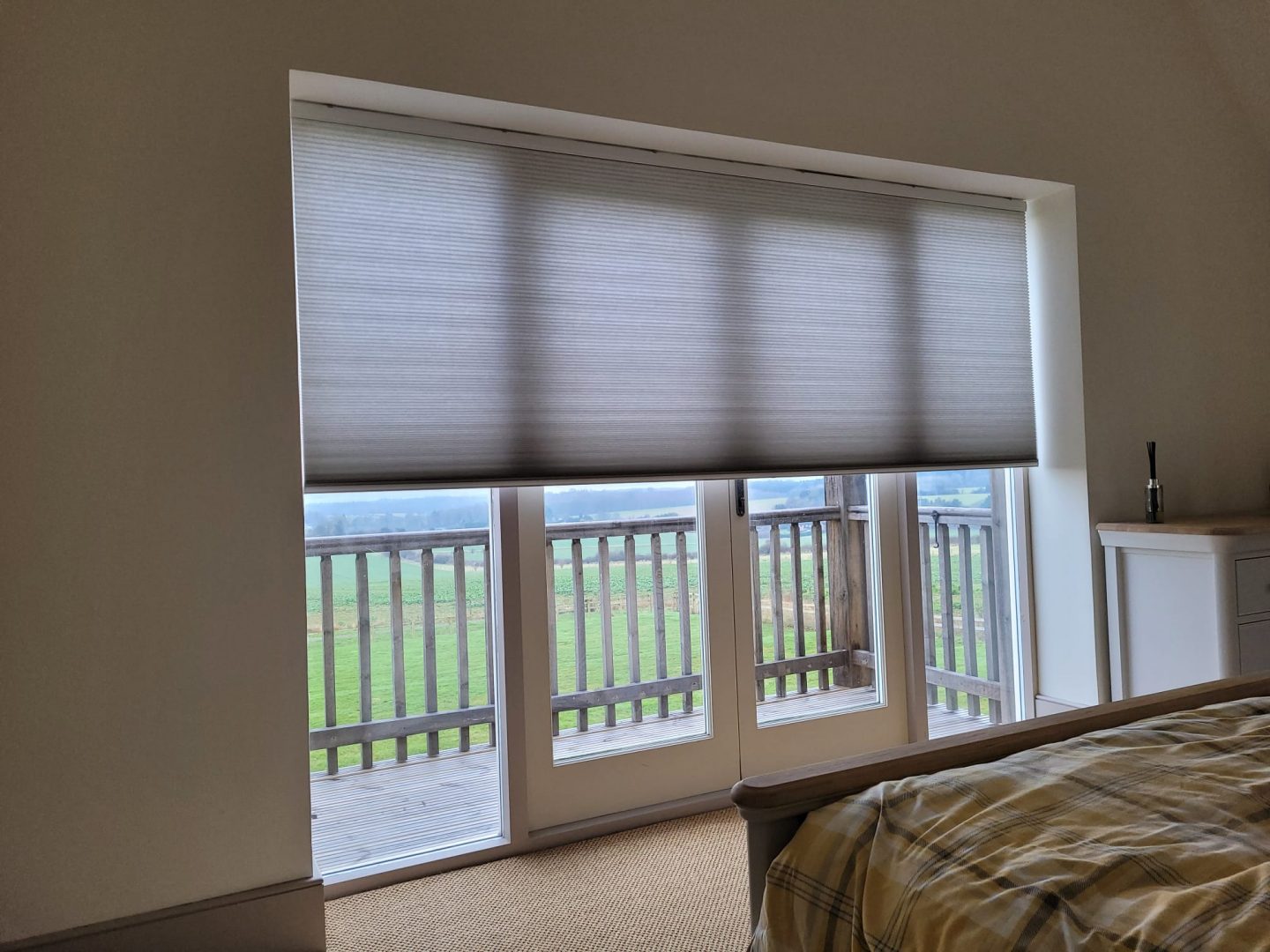
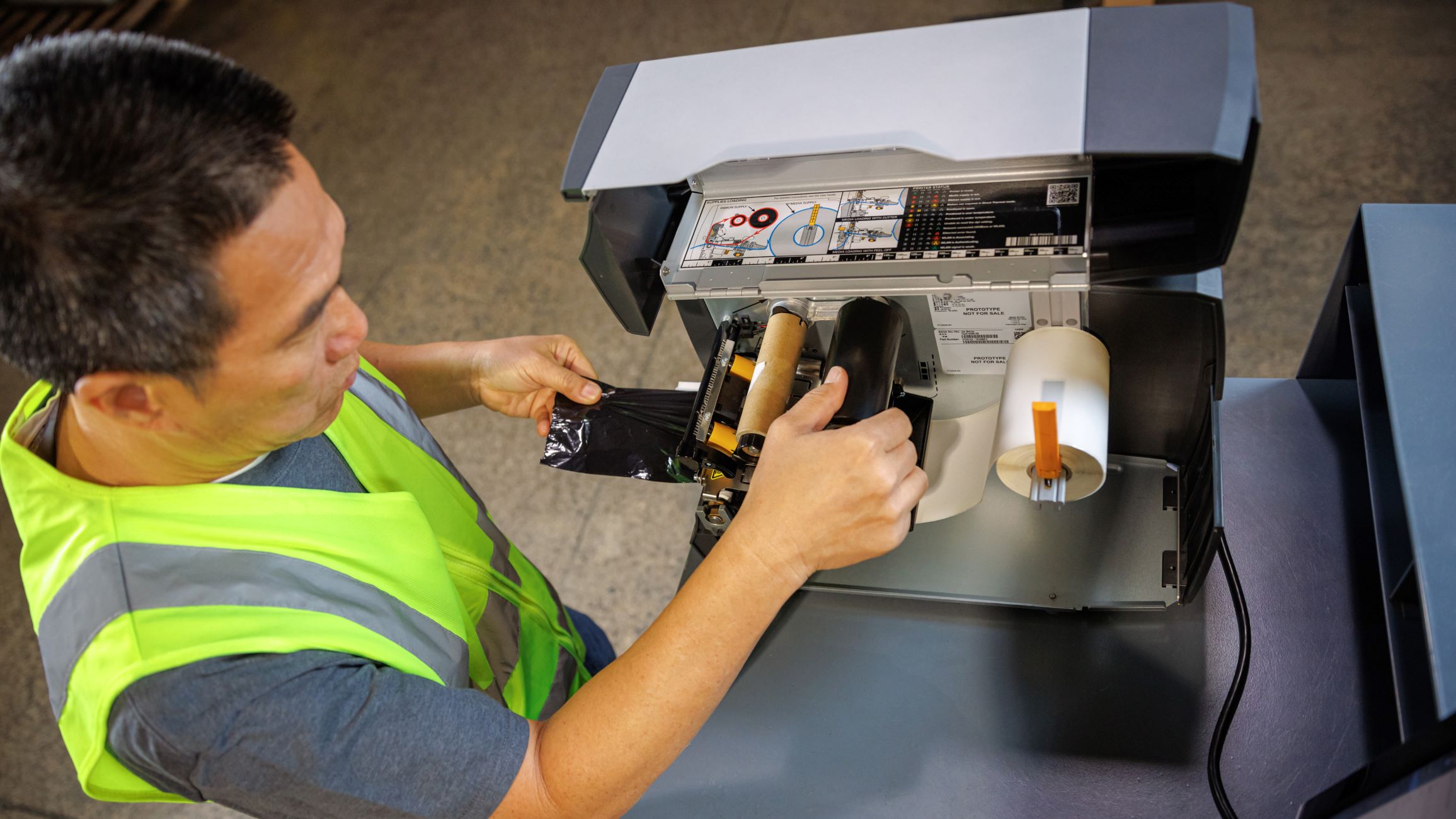

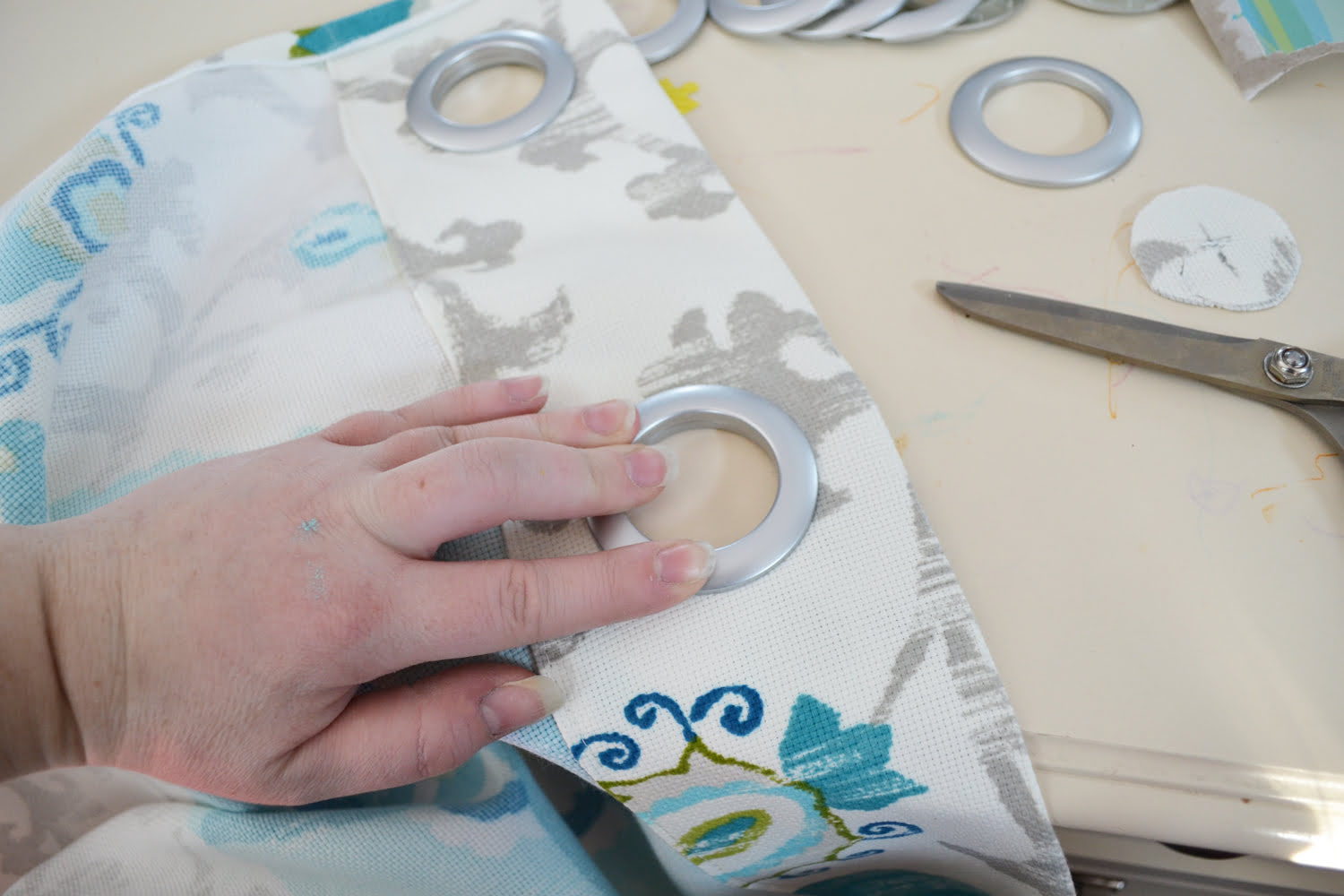
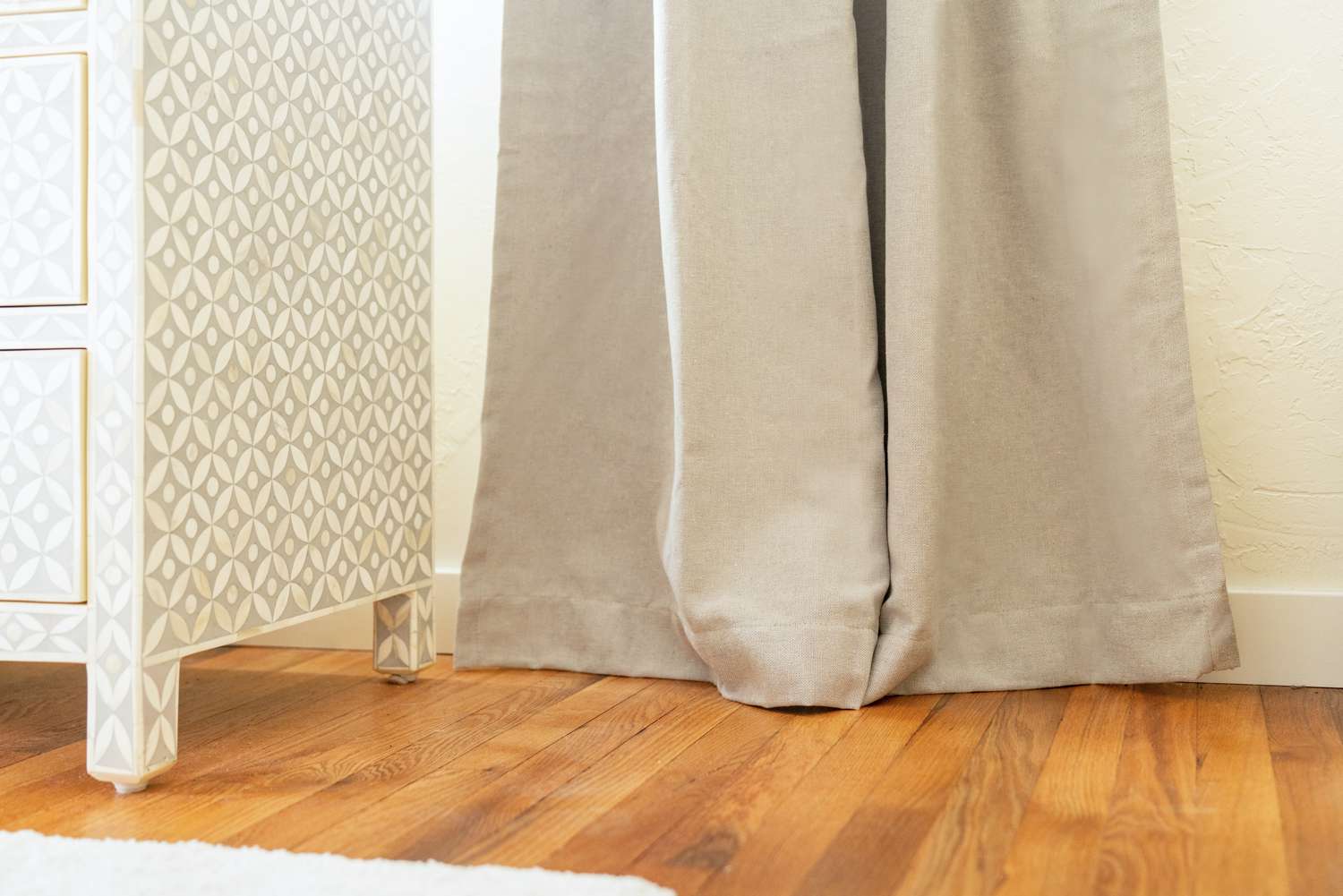
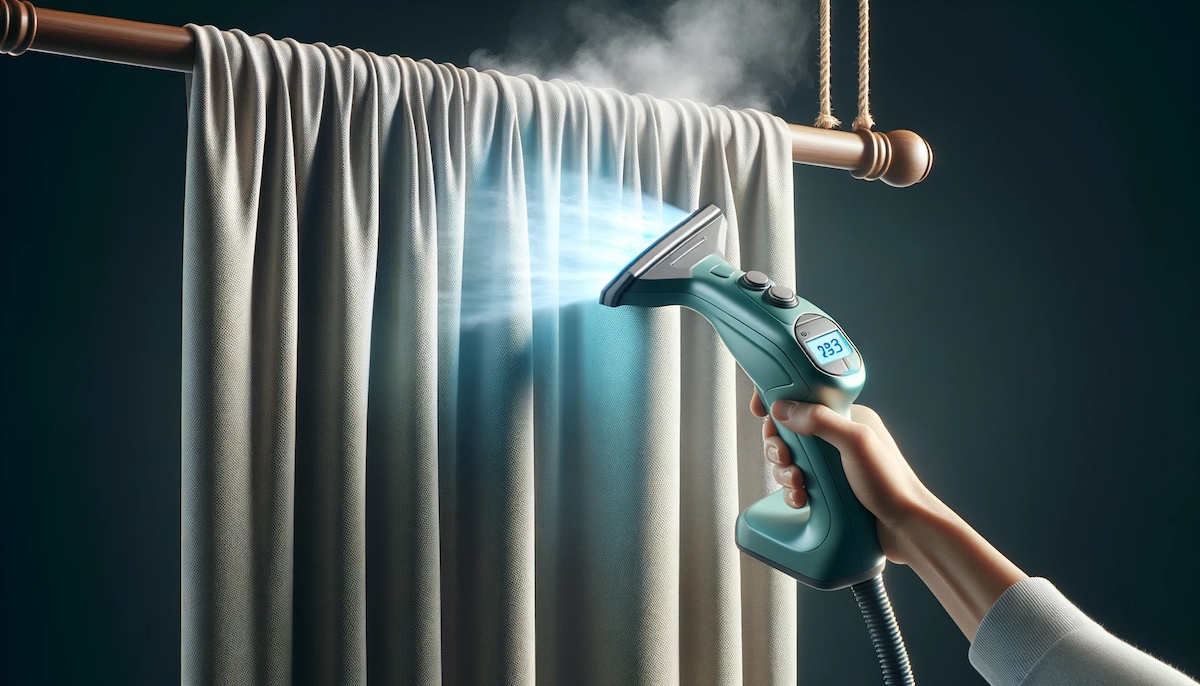

0 thoughts on “How To Wash Thermal Drapes”